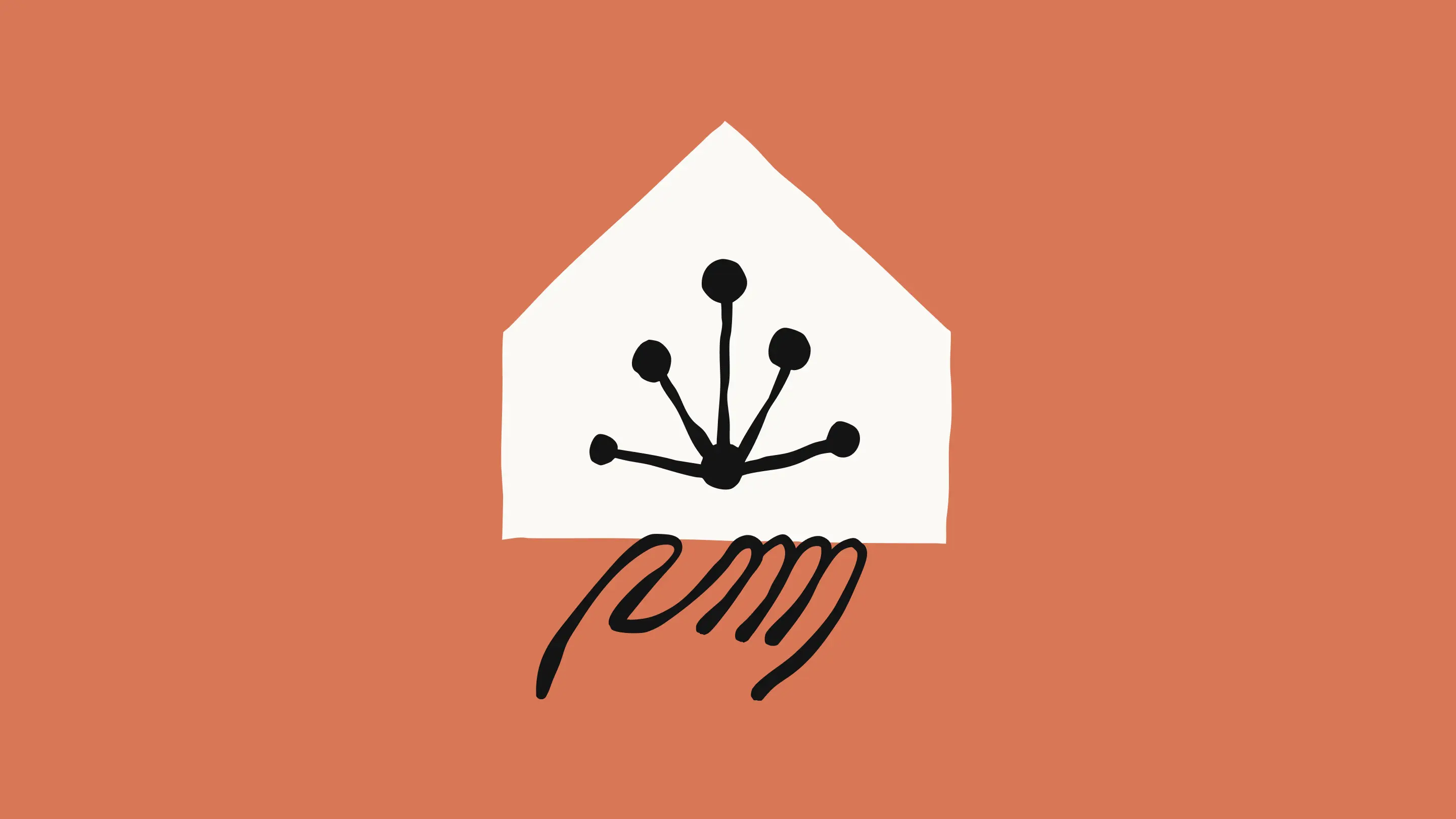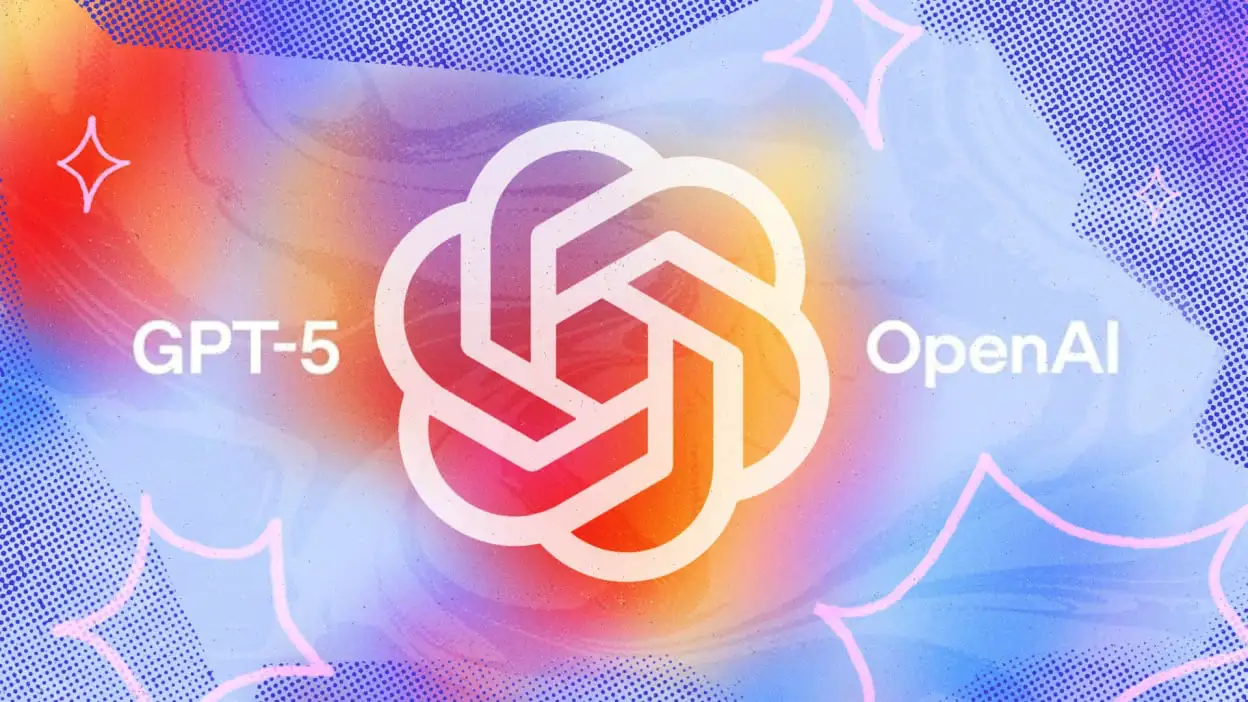GPT-5 vs. Claude: Redefining the Landscape of AI Collaboration
As artificial intelligence continues its relentless advance, two models stand at the center of the generative AI conversation: OpenAI’s GPT-5 and Anthropic’s Claude (most recently Claude 3 Opus). Both promise transformative interactions, powering new levels of productivity, creativity, and safety. For AI-curious professionals and enthusiasts alike, understanding the real differences between these platforms enables smarter choices—whether for work, learning, or play.

Distinct Philosophies Behind the Models
GPT-5 builds on OpenAI’s mission to create highly general, adaptable intelligence. This model emphasizes both versatility—text, code, images, voice—and advanced reasoning. Its ongoing updates focus on widening its practical application, from creative writing and business consulting to developer support and digital assistant use (OpenAI: About).
Claude, designed by Anthropic, reflects a safety-first methodology. The company’s “Constitutional AI” approach embeds ethical guidelines directly into training, continually seeking to reduce harmful outputs and encourage helpful, honest, and harmless interactions (Anthropic: Constitutional AI). Claude often appeals to users who prioritize transparency, reliability, and fewer “AI surprises,” especially in sensitive or regulated domains.
Intelligence and Reasoning Abilities
GPT-5’s Strengths:
The fifth-generation GPT model represents OpenAI’s pursuit of deeper contextual understanding and expanded memory within conversations. Its ability to follow intricate multi-step instructions, synthesize complex sources, and maintain context over longer dialogues makes it a standout for research, code generation, and high-level problem solving.
Claude’s Approach:
Claude’s recent iterations—especially Opus—emphasize robust comprehension and subtle reasoning, excelling at tasks like summarization, legal analysis, and multi-document synthesis (Claude 3 Release). Its ability to avoid extraneous or misleading responses has been praised in comparison studies, making it a reliable partner for professionals needing a “second brain.”
Recent benchmarks often show GPT-5 leading in creative generation and coding versatility, while Claude performs consistently when accuracy and caution are crucial (ZDNet: GPT-5 and Claude).

Interaction Experience and Personalization
GPT-5 redefines interaction by offering dynamic persona modeling—an adaptive system that remembers user style, preferences, and past conversations. Whether writing, brainstorming, or debugging, GPT-5 shapes its responses to user needs, evolving with each session. Integration with voice assistants, web apps, and creative platforms increases its utility in everyday life and work.
Claude emphasizes clarity and professionalism. It’s less about ego or personality, more about calm, polite reliability. Claude’s memory is intentionally limited, reducing “creepy” personalization but enhancing privacy and predictability. While it can perform creative tasks, it tends to reinforce boundaries and avoid speculative or emotional responses unless clearly requested.
Both models are available via API and consumer-facing chat tools. GPT-5 generally supports broader integration, whereas Claude fits environments where safety and steadiness are prioritized.
Safety, Ethics, and Trustworthiness
Safety remains a founding principle for Anthropic. Claude’s design openly shares its governance methods, relying on written guidelines and public audits to minimize bias, disinformation, and inappropriate content. Its feedback loops are visible, and many organizations appreciate the transparency for compliance and regulation[^1].
OpenAI has dramatically improved GPT-5’s moderation abilities, learning from earlier issues with hallucinations and off-label use. It now includes real-time feedback tools, granular moderation controls, and transparency reports, though its broader scope means user vigilance is always encouraged (OpenAI Safety). For users in healthcare, law, and education, assessing each model’s safety protocols is key.
Use Cases: Where Each Model Excels
GPT-5:
- Creative writing, marketing content, and design
- Coding help for developers
- Complex business analytics
- Cross-modal chat (voice, images, text)
- Integrated productivity workflows
Claude:
- Legal, financial, and policy analysis
- Summarization and document review
- Customer support in regulated industries
- Consistent, ethical advice and writing
- Education where neutrality is important
Developers and enterprises often deploy both, choosing Claude for stringent safety needs and GPT-5 for more ambitious creative and analytical projects.
Community, Ecosystem, and Looking Ahead
One of GPT-5's advantages is its broad developer ecosystem. Its API compatibility and extensive community support drive rapid plugin and app development, helping push AI from niche tool to mainstream platform (TechCrunch: AI Ecosystem).
Claude’s open engagement—forums, workshops, and policy-driven research—appeals to users and professionals worried about AI’s larger impact. It leads conversations on fairness, model transparency, and social good.
As generative AI finds its place in American homes and offices, deciding between GPT-5 and Claude will depend on individual values and tasks. Technological horsepower now converges with moral and practical questions—making AI a truly human challenge.
Relevant Resources

